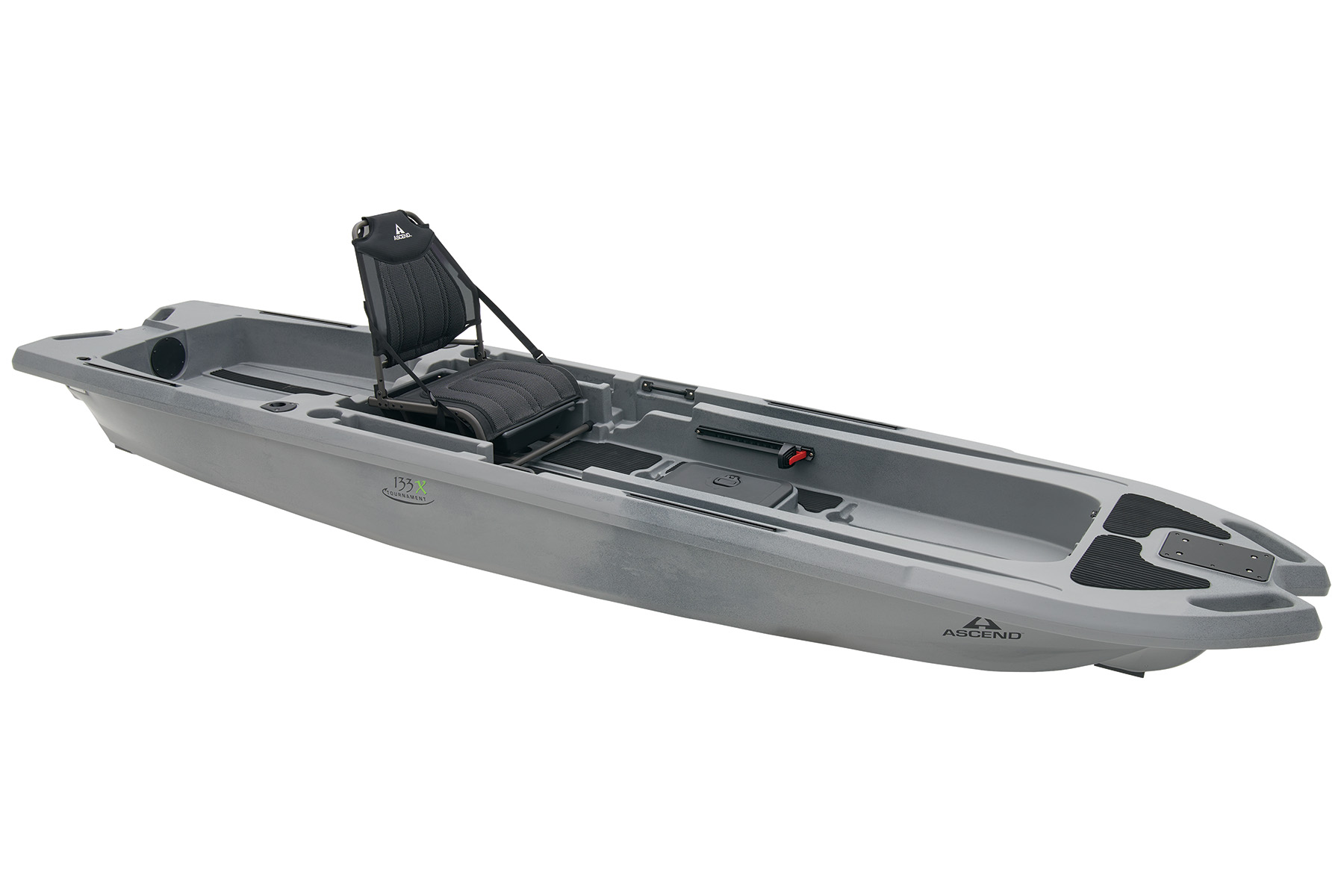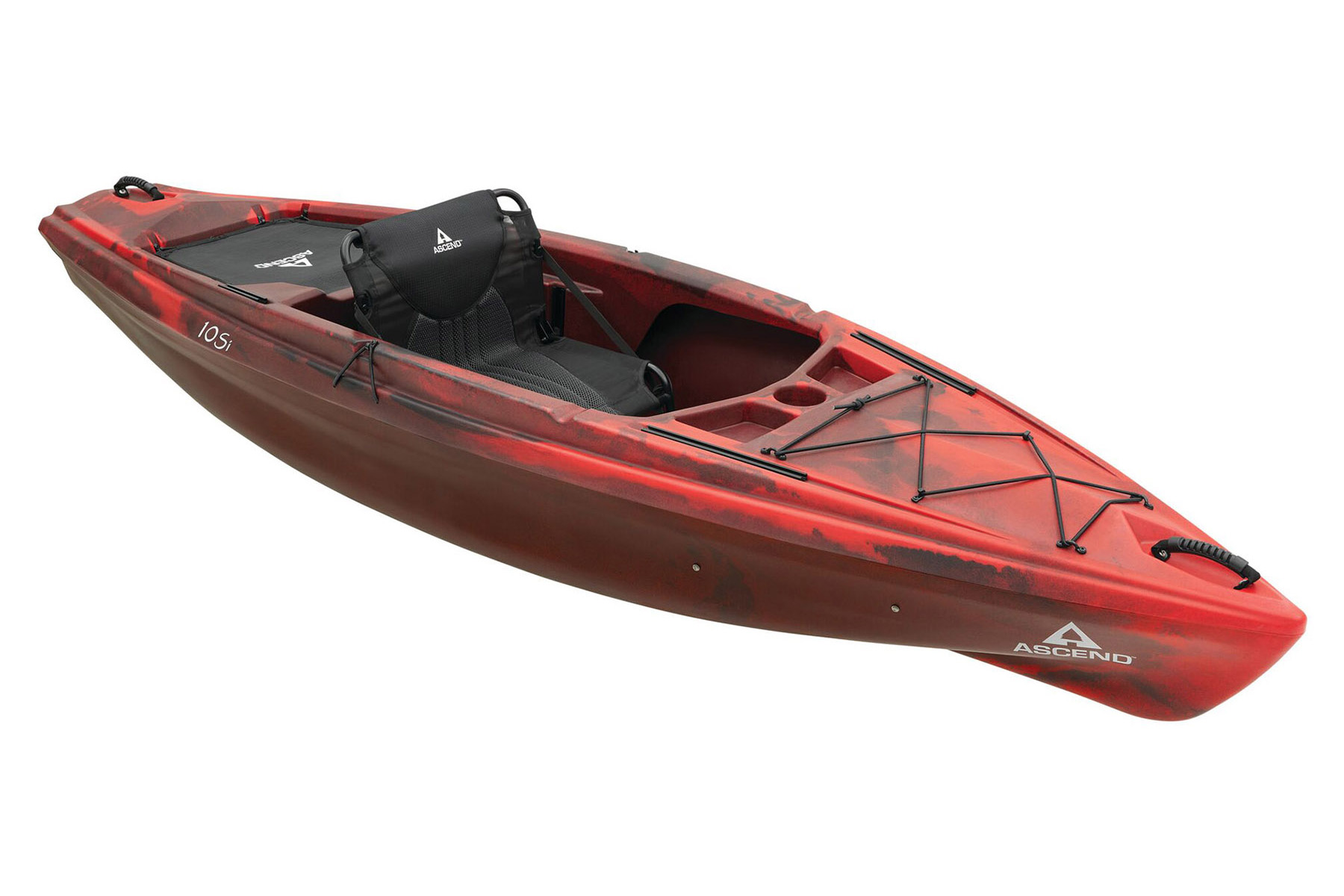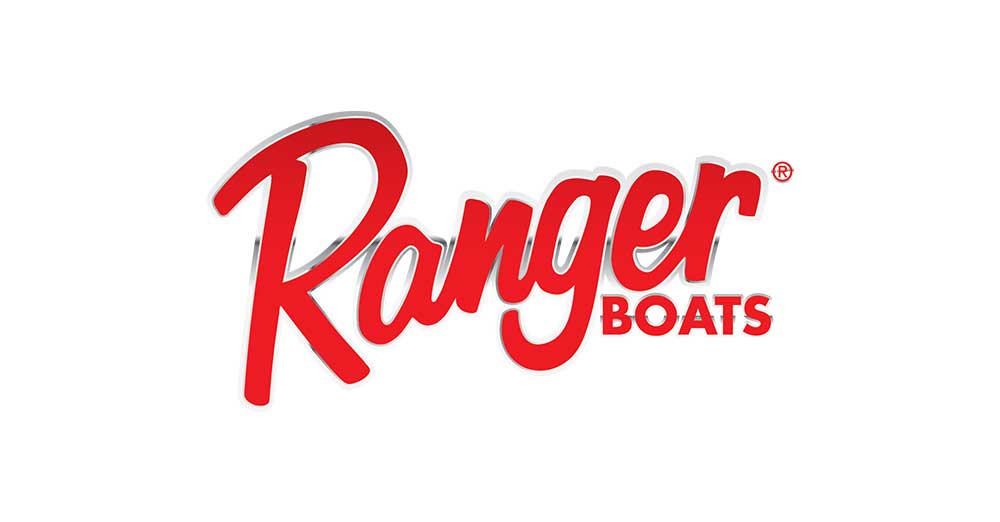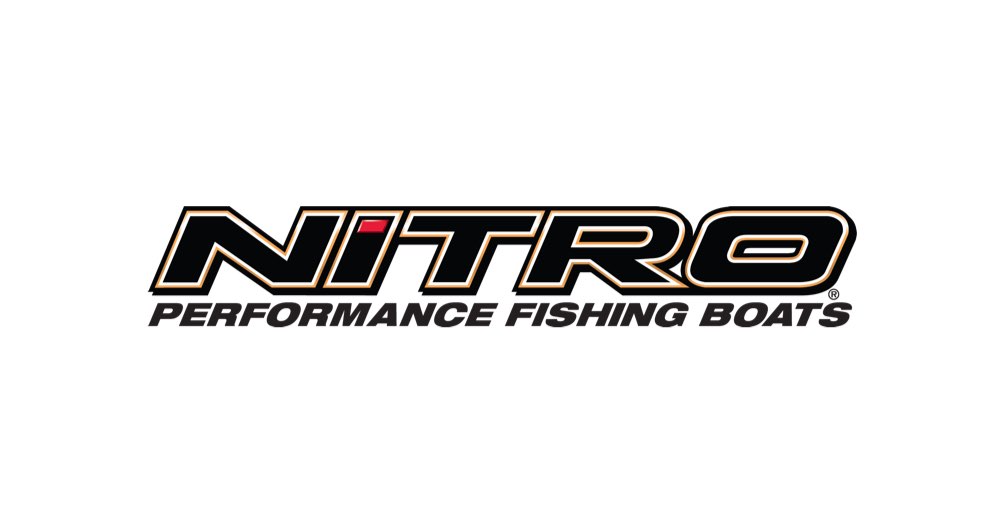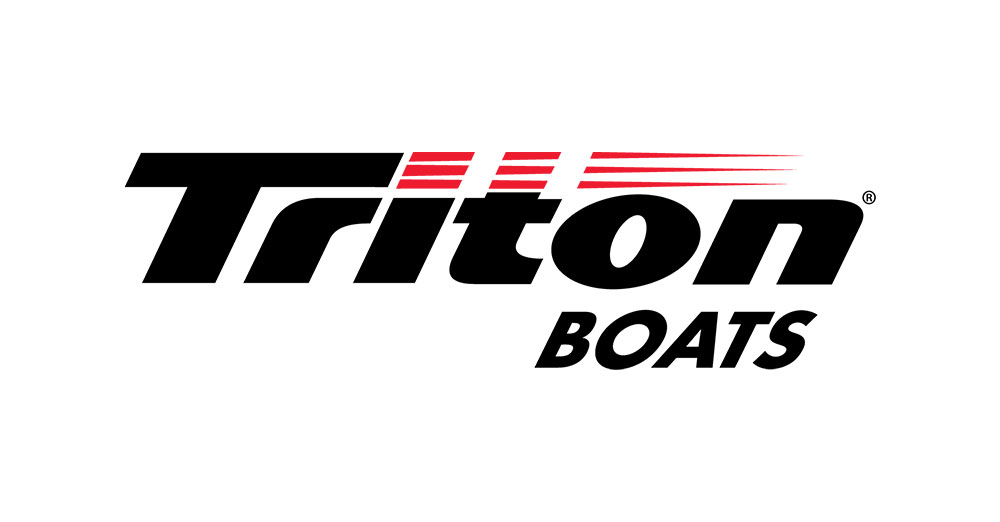
Dec. 2022
Understanding Life Jackets, Vests & PFDs
To help ensure you enjoy safe outings on your kayak, it is important to understand your equipment and choose the gear that is right for you and the situation you’ll be in. A very important piece of equipment, and probably your first consideration, is your personal flotation device, or PFD.
Let’s start by going over the five categories of PFDs as determined by the U.S. Coast Guard.

Flotation Device Types
Type I PFD - Life Vest
First, you have Type 1 PFDs, which are designed for rough and remote offshore waters where rescue could take a bit of time. These are typically the most buoyant, so they are reliable for keeping most individuals in a face-up position in those water conditions while waiting for help.
Type II PFD - Life Vest
Type II PFDs, on the other hand, are designed for near-shore or inland waters where a rescue is likely to come quick. These PFDs offer a more basic design and are less bulky than Type 1 vests or jackets, but they are not as buoyant. Type II PFDs will still turn some unconscious wearers face-up, but their floatation is most reliable in calmer water.
Type III PFD - Life Vest
TYPE III PFDs are also meant for calm inland waters where help will come fast, except these won’t turn an unconscious person face-up. Type II and III PFDs are the most common because they have less bulk and are more comfortable. Some low-profile Type III devices are designed to automatically inflate after entering the water.
Type IV PFD - Throwable
Type IV PFDs are throwable devices. Throwable floatation devices are not designed to be worn, but they are good objects for a conscious person to hold onto above the water until help comes. Cushions and ring buoys are good examples of throwable devices.
Type V PFD - Inflatable & Special Use
And lastly, Type V PFDs are special-use devices that are only intended for specific activities. There are Type V PFDs for kayaking, water skiing, even windsurfing, and they don’t necessarily follow the conventional vest or jacket design. Like some Type III devices, some of these devices are inflatable, either automatically when they hit the water or manually by a pull tab.
There is a tag/label on every PFD that shows its classification.
Inflatable PFDs
Now, aside from Type designations, PFDs are available in either the traditional foam format or inflatable PFDs. Standard PFDs tend to be less expensive, lower maintenance, naturally buoyant and extremely versatile. However, they can be hot and bulky when paddling and fishing.
Inflatable PFDs, on the other hand, are inflated either manually via a cord or automatically when submerged in water. Inflatable PFDs are more comfortable, low-profile and help the wearer stay cool, but they must be inflated to work. These types of devices require maintenance and CO2 cartridges to inflate, making them significantly more expensive to purchase.
There are also hybrid versions that provide the best of both worlds, but they also cost more than the traditional life vests.
How do you choose a PFD?
First, pick one that fits properly. Your PFD should be snug and comfortable. Make sure it fits tight enough that you won't come out of it if you go in the water. Like kayaks, you want a PFD type that is appropriate for the water conditions that you'll be in. Once you find the right type and fit, pick out the one that you find to be most comfortable, fits your budget, and provides the features you want!
Bass Pro Shops offers a wide variety of options to choose from, and you can shop for them here.



